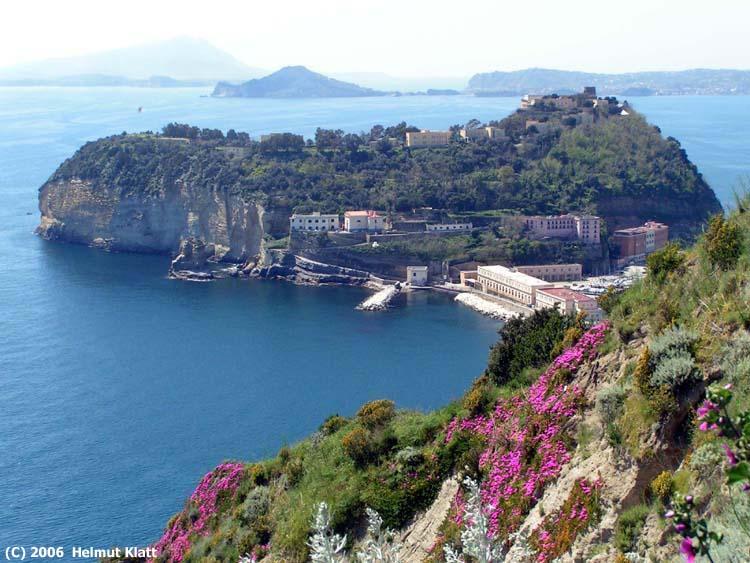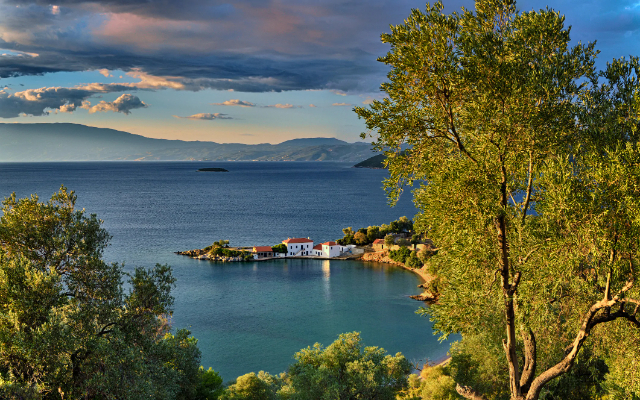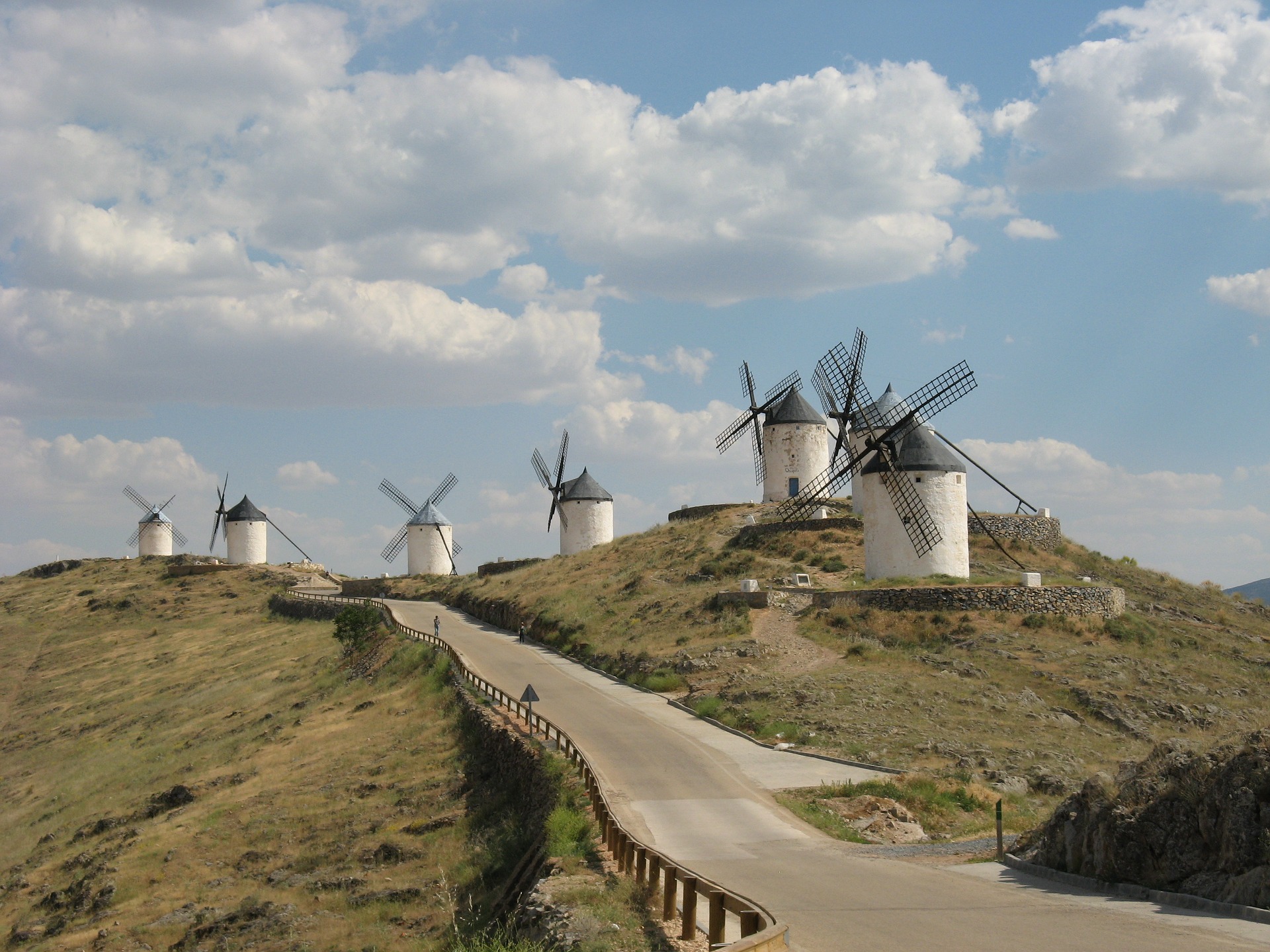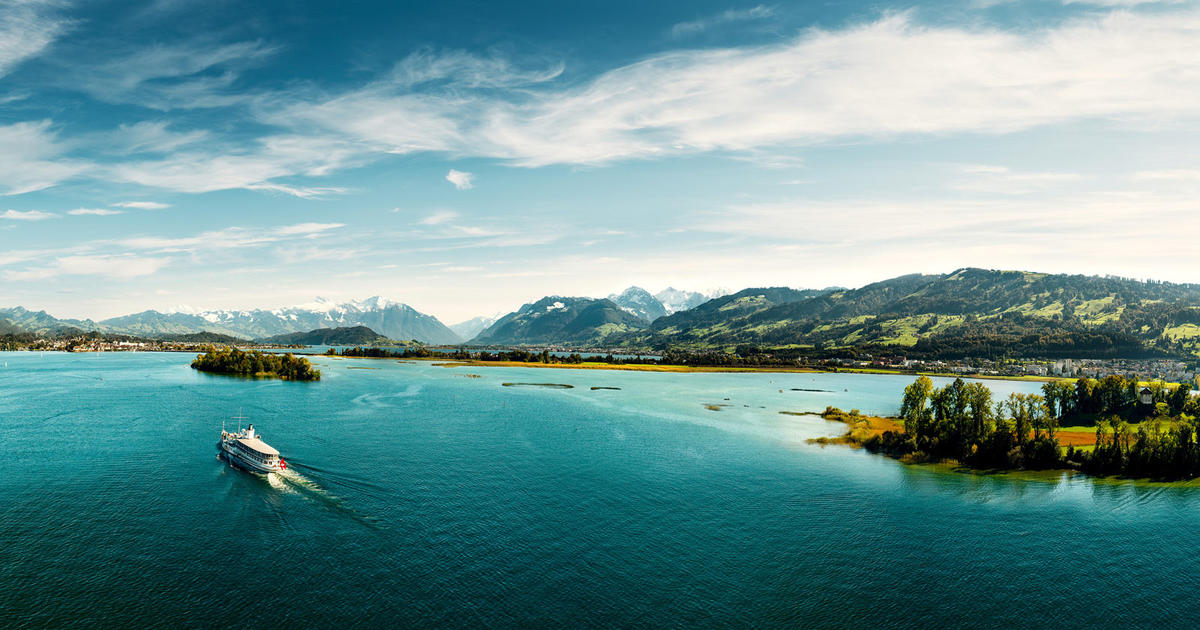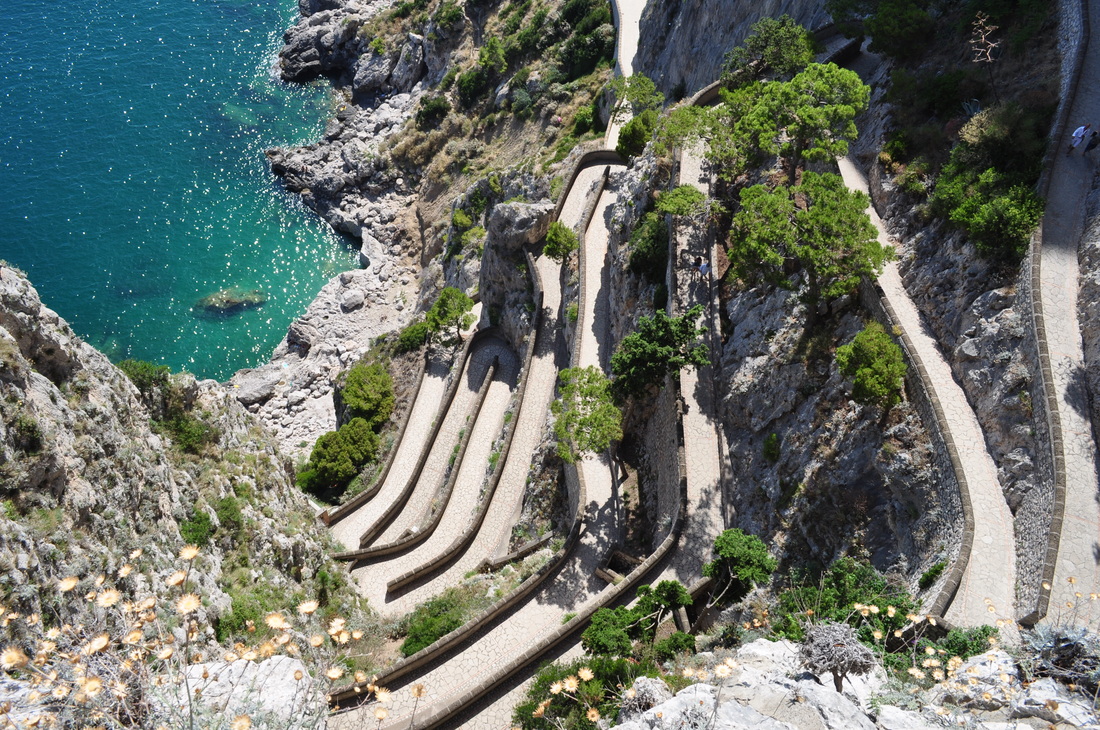It covers an area of about 92,000 m² at 150 m above sea level on the promontory of Posillipo Hill.
It was initially called Parco delle Rimembranze, later it was given the name Virgiliano Park, but for many it is simply Posillipo Park. There where Romans once built luxurious villas in the Augustan age, including the particularly opulent one belonging to the patrician Pollione, stands an oasis of relaxation in the city. From the belvedere located in the lowest part of the park called the "Valley of the Kings," one can enjoy one of the most evocative and comprehensive views in all of Naples. At a single glance, on a beautiful sunny day, you can see Capri, Ischia, Procida, the Sorrentine Peninsula and even Vesuvius, Nisida, Pozzuoli and Bagnoli, a spectacle impossible to find elsewhere in the world. To reach it you have to get to the extreme flat tip of the Coroglio promontory.
Built during the 20-year fascist period to commemorate the fallen of the Great War, it took the name Park of Remembrances. It was later called Virgiliano in honor of the Roman poet. It should be mentioned, however, that there is also another park in Naples dedicated to the author of the Aeneid called Vergiliano Park, located in Piedigrotta, which contains the tomb of the poet himself and the remains of the famous Giacomo Leopardi.
In the early 2000s it underwent a major redevelopment that provided it with new paving, lighting systems and a floral heritage consisting of two hundred and fifty trees and 55 thousand shrubs. Divided into terraces, it occupies an area of about ninety-two square meters and also includes a sports field, an amphitheater and a children’s play area, as well as several kiosks and benches that allow visitors to fully enjoy the cool climate the place offers. The park has two entrances, the secondary one accessed from Tito Lucrezio Caro Street and the main one marked by four pillars topped by amphorae. Entering from this monumental entrance you will find yourself in front of a fountain that collects water coming from a canal running through the mountain. From there you can decide whether to start your walk by taking the right or left path. All the terraces and walls are made from tuff blocks.
Below the Virgiliano Park, in the rock, is the Seiano Cave, which is part of the Pausilypon Archaeological Park and connects Coroglio with Gaiola.
Recently, as part of a program of thematization of urban parks by the City of Naples entitled "The Literary Park," the Virgiliano was chosen as a symbolic place of the Grand Tour that characterized Naples in the 18th century. For this reason, the views enjoyed by the park will be accompanied by gouaches and descriptions of ancient and important travelers who passed through those places. Given the richness of its landscapes, it was thought to provide visitors with a new key to interpret them, in order to perceive them through the feelings and emotions of past travelers. In this regard, in 1787, in his "Journey to Italy," Johann Wolfgang Goethe wrote:
"These shores, this gulf, these inlets, Vesuvius, the city and its surroundings, the castles and villas! At sunset we went to visit the Posillipo Cave, at the moment when from the opposite side the sun’s rays were creeping in. May all those in Naples who lose their wits be forgiven!"
